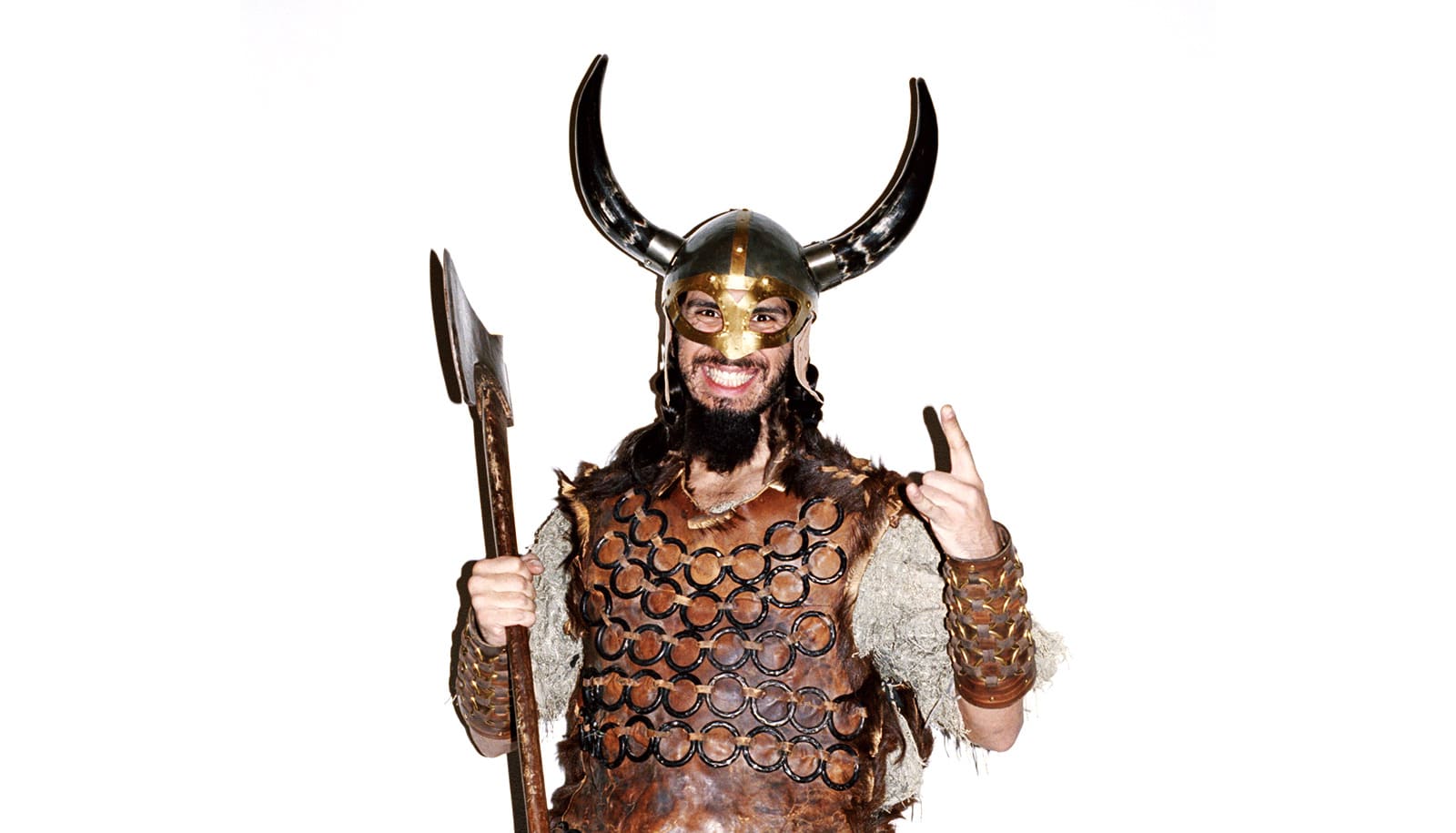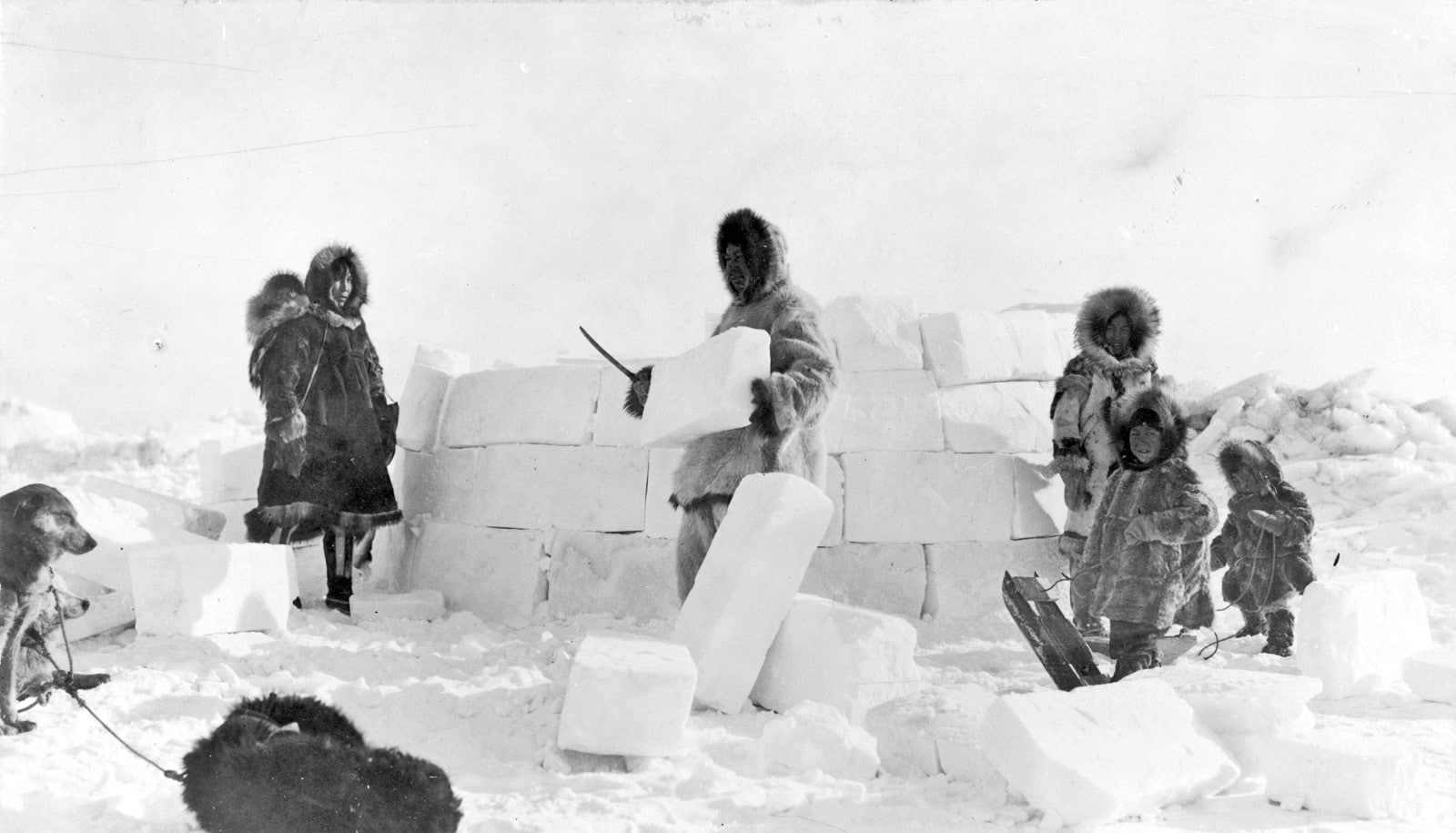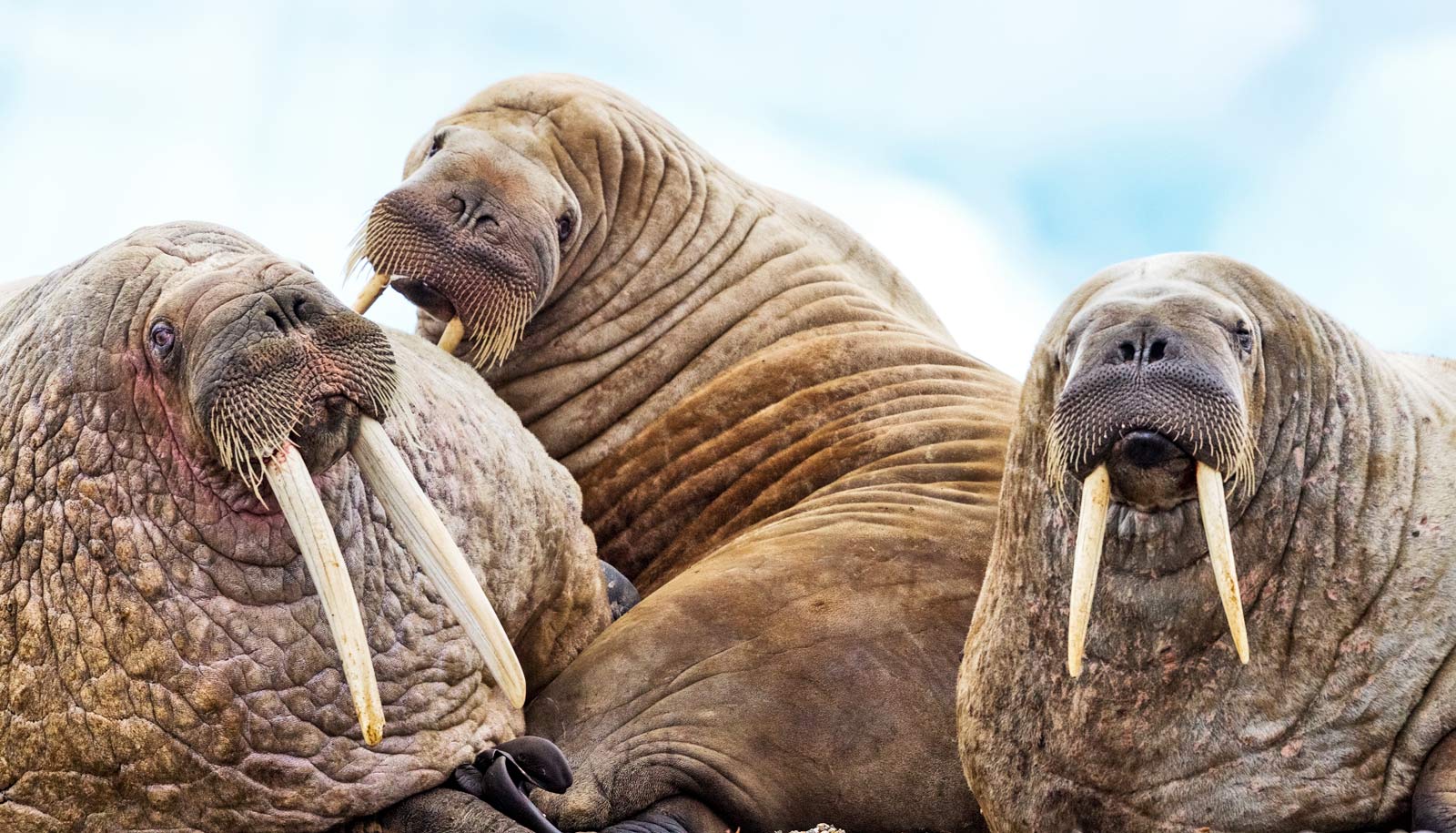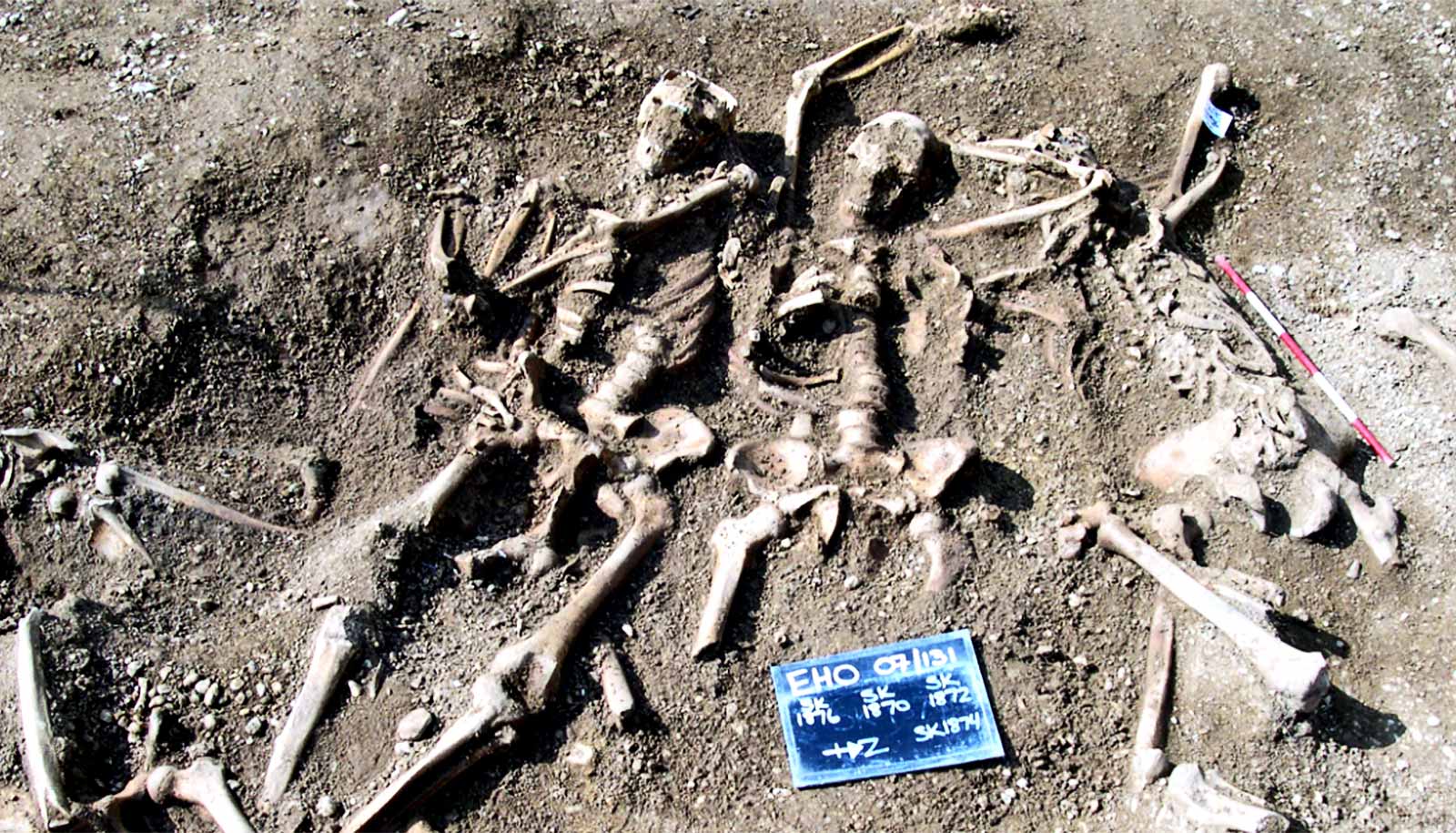The popular conception of the Scandinavian Viking stems from movies, not reality, research reveals.
In reality, their genome contains lots of genes from Southern and Eastern Europe, which also implies that they had dark rather than blond hair. And within the Scandinavian borders, the Vikings did not really mix genetically; instead, they travelled abroad on plundering raids.
The study in Nature is the biggest genetic study of Vikings ever. The researchers have sequenced the genome of 442 bone fragments from the Viking Age, from all over Europe. They find that the Vikings may not be quite as Nordic as believed.

“The Vikings had a lot more genes from Southern and Eastern Europe than we anticipated. They frequently had children with people from other parts of the world. In fact, they also tend to be dark-haired rather than blond, which is otherwise consider an established Viking trait,” explains Eske Willerslev, professor at Lundbeck Foundation Center for Geogenetics at the GLOBE Institute at the University of Copenhagen.
The new study also reveals that generally Vikings were a lot more genetically diverse than the peasant societies on the Scandinavian mainland.
“The Vikings lived in coastal areas, and genetically speaking, they were an entirely different people to the peasant societies living further inland. The mainland inhabitants had a lot less in common with the Vikings than the peasants who lived in Europe thousands of years ago. You could almost say that genetically speaking, the peasants missed out on the entire Iron and Bronze Age,” says coauthor Ashot Margaryan, assistant professor at the Center For Geogenetics at the GLOBE Institute.
Raids and graves
However, the Viking’s diverse genome doesn’t just stem from people from elsewhere traveling to their settlements. In fact, they were avid travelers, and historically, we know them best for their plundering and murdering raids abroad. But this genetic study sheds new light on who went where.
“The Danish Vikings went to England, while the Swedish Vikings went to the Baltic, and the Norwegian Vikings went to Ireland, Iceland, and Greenland. However, the Vikings from these three ‘nations’ only very rarely mixed genetically. Perhaps they were enemies or perhaps there is some other valid explanation. We just don’t know,” Margaryan says.
The new study also discards what we think we know about who actually went on raids together. Researchers have been able to find out more about this at a gravesite in Estonia, where raiding Vikings were brutally murdered.
“Popular culture suggests that the Viking Chief would recruit the strongest warriors from neighboring tribes or communities to join him on a raid somewhere. But at least five of the Vikings in this grave are closely related. So perhaps you just brought your family along when you went on a raid,” Willerslev explains.
Vikings were not always murdered though; they fared better in other places. In England, by way of example, it has been possible to trace an influx of people from Scandinavia by studying language and specific place names. And the new study shows that in some of those places, the inhabitants actually embraced the entire Viking culture.
“In Scotland there’s a grave, which in archaeological terms would be classified as a Viking grave. Its swords and symbols reflect the Viking culture. However, genetically speaking, the man in the grave has nothing in common with the Vikings. He is an example of how the Viking culture was embraced in certain places,” Willerslev says.
The Viking Age was ‘something special’
The new findings challenge scientific, as well as popular, ideas about the Viking Age.
“Some researchers and intellectuals have been of the opinion that in the North, we have a tendency to romanticize the Viking Age, because it is our own, and a very specific history. They have argued that the Viking Age wasn’t really an age at all, but rather part of the Iron Age.
“However, with this new study we’re able to establish that the Viking Age was indeed something special. The Vikings travelled much farther, had lots of Southern European genes and were very likely part of a much more extensive cultural exchange with the rest of the world than any contemporary peasant society,” Willerslev says.
The Lundbeck Foundation funded the work.
Source: University of Copenhagen



